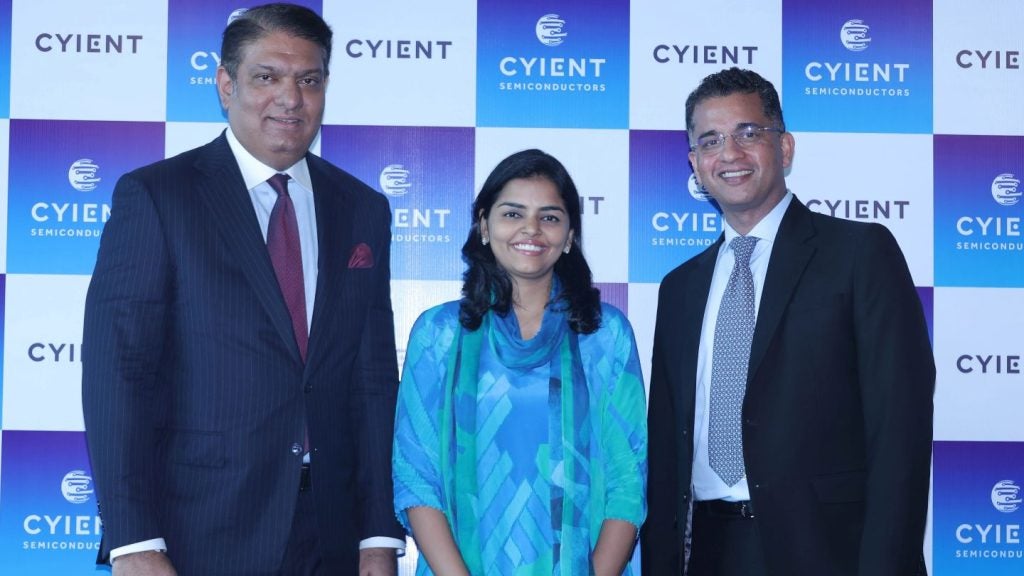Just when some analysts felt comfortable proclaiming DOCSIS 4.0 as cable’s final chapter, the mirage of DOCSIS 5.0 now seems to be taking shape.
This development comes after a phase marked by ambiguous comments on what lies beyond DOCSIS 4.0. These references often hinted at DOCSIS 5.0 (a.k.a., 25G DOCSIS, or 3 GHz DOCSIS) whenever the future of cable was in question, particularly in comparison to passive optical network (PON).
Things became more official recently at the SCTE TechExpo held in Atlanta, Georgia, US in September 2024 when Comcast and Charter Communications announced a partnership with Broadcom to develop a unified DOCSIS 5.0 standard. Comcast and Charter said that the planning is still in its early stages, but Broadcom declared that it intends to take it into production in 2025. The event also saw CommScope showcasing a 25G DOCSIS demo.
The idea of 25G DOCSIS isn’t new and has been on DOCSIS’ roadmap for some time. Back in 2016, in a more Huawei-friendly Western world, Huawei revealed a 25G DOCSIS prototype by extending the spectrum to 3 GHz. It’s not clear yet if the entire market is on board with the idea, especially amid the lack of consensus that surrounded DOCSIS’ two flavors, but the CEO of CableLabs has stated that the incremental step to 3 GHz makes sense.
Is DOCSIS 5.0 worth it?
Whether going through another cable upgrade cycle makes sense depends on several factors. There is already a vast cable infrastructure that can be upgraded to support 10G speeds (and beyond), so why rip it out if it can be upgraded to meet future demands?
On the other hand, fibre is future-proof and green, meaning that over time, the operational savings compared to cable might outweigh the capital expenditure of deploying fibre. The key question is: After how long? It’s a calculation and a decision for operators to make.
One can also make the case that non-residential clients prefer fibre over cable for various reasons, but providers are aware of this and have adopted a ‘fibre-first’ strategy for new deployments.
Playing it safe
The hesitation among multiple system operators (MSOs) regarding a full-scale fibre approach likely stems from the belief that DOCSIS 3.1 (and 4.0) is more than enough to meet residential needs for the foreseeable future. The mentality seems to be: ‘There is nothing on the market or anything on the horizon that justifies the need for multi-giga speeds, so let’s just wait and see.’. A strategy that doesn’t appear to be that risky especially after CableLabs’ CEO said that the 3 GHz upgrades would require little change to current taps and amp designs.
In reality, the 10 Gbps downstream speed that DOCSIS 3.1 and 4.0 are capable of delivering is likely to be sufficient for the next decade, if not more, making it too early to predict the success of DOCSIS 5.0.
However, the fact that modern hybrid fibre-coaxial (HFC) can support higher frequencies, along with the new proposed 5G and wireless overlays, suggests that, at least in the US, cable isn’t going anywhere anytime soon. Conversely, these complexities might push some operators more towards fibre.








